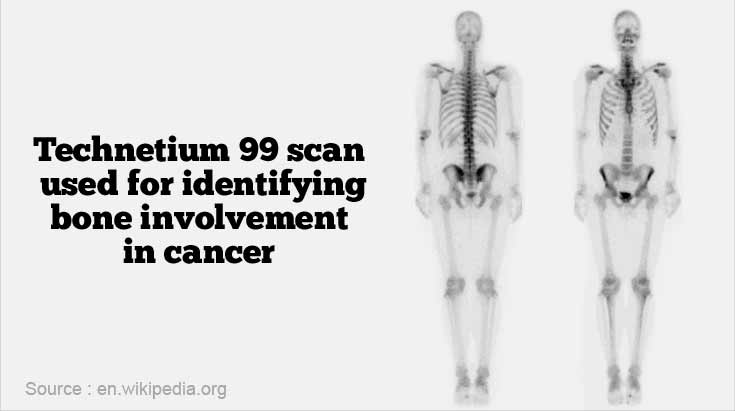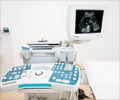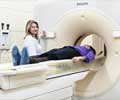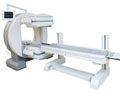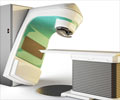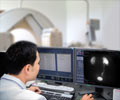Radioisotope Scan and Advantage of Using Technetium - 99m isotope
A radioisotope must have certain desirable qualities so that it can be used for the scan. Based on the above criteria, a radioisotope called as Technitium-99 (produced from Molybdenum) is used in over 80% of all nuclear medicine diagnostic procedures. The qualities that make it an ideal choice are:
It has a half-life of six hours which is long enough to examine the various physiological processes and, yet the half-life is short enough for the radioactive substance to be quickly eliminated from the human body. This significantly reduces the radiation dose to the patient.
Technetium-99m decays by a process called "isomeric"; which emits gamma rays and low energy electrons. Since there is no high-energy beta emission the radiation dose to the patient is low.
The low energy gamma rays emitted by the radioisotope is sufficient enough to escape the human body and can be detected by a gamma camera.
The radioactive compound has a versatile chemistry in the sense it can be tagged to a variety of chemical to image different regions of the body.
